Accept Contactless Payments
Take your business to the next level with Cardknox’s contactless payment solution!
Consumers are rapidly changing their shopping patterns to stay as safe as possible during the coronavirus outbreak. One way they’ve done so is through the use of contactless payment methods. In fact, Mastercard reported a 40% jump in contactless transactions during the first quarter of 2020!
This new payment preference has been spurred on by recent recommendations from leading organizations. In addition, state governments like the State of New Jersey have signed executive orders mandating that businesses arrange for contactless payments when possible.
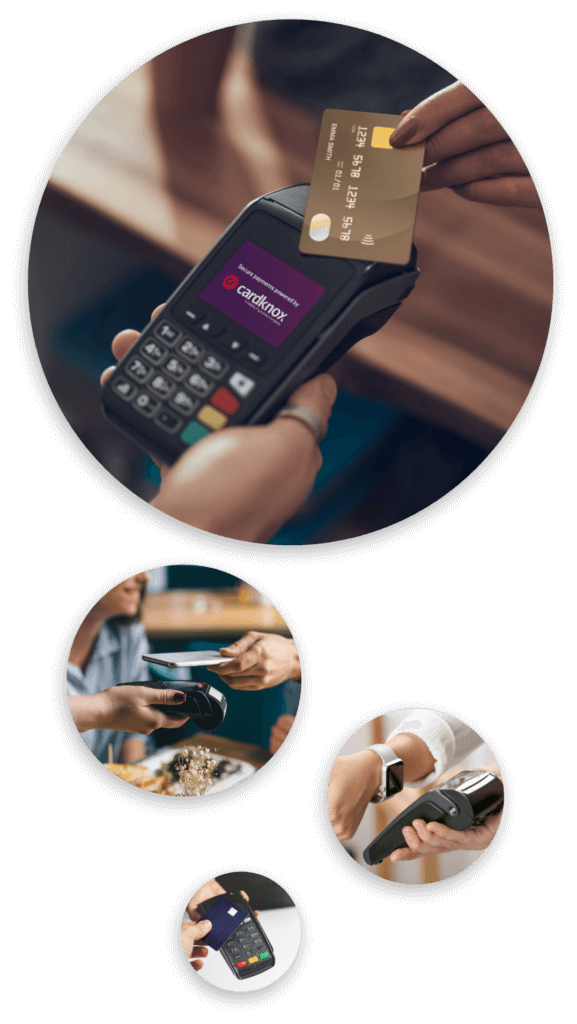
Are you a developer looking for an easy way to set up merchants with contactless payment technology?
Minimize the time you spend integrating contactless payment processing capabilities into merchants’ store systems. The Cardknox SDK and API are robust and developer-friendly for the most seamless integration process. Plus, Cardknox is compatible with a wide range of contactless-enabled payment terminals.
What Are Contactless Payments?
Contactless payments use near-field communication (NFC) to enable communication between two electronic devices in order to facilitate the transaction process. NFC technology transmits data over radio waves a very short distance.
There are two main types of contactless payments:
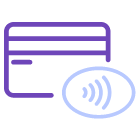
Contactless Cards
Credit or debit cards that have an NFC chip embedded in the card to enable transmission of payment data.

Mobile Wallets
Apps like Google Pay or Apple Pay let customers store credit card information on their NFC-enabled phone.
How Do Contactless Payments Work?
In order to use contactless payments, either a credit/debit card or smartphone must be embedded with an NFC chip. Additionally, the merchant must have an NFC reader device.
Unlike Bluetooth connections, NFC doesn’t require device discovery or manual pairing to transfer data. With NFC, a connection is automatically started when another NFC device enters into close range (about four centimeters).
Here’s how the customer makes a contactless payment:
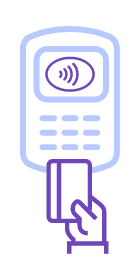
Using a Card
The customer taps it on the screen of the NFC card reader.
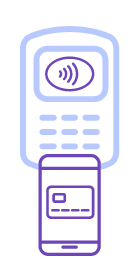
Using a smartphone
While standing close to the NFC reader, the customer types a PIN into their phone’s payment app.
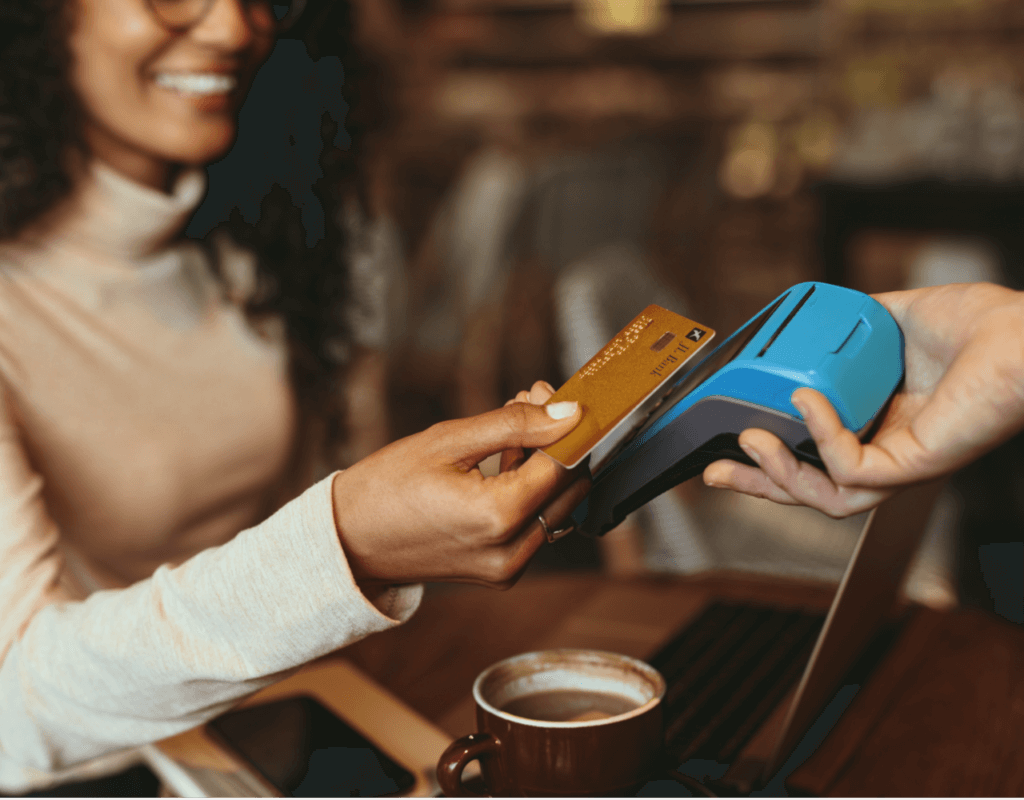
Are Customers Ready to Use
Contactless Payments?
Contactless payment use has grown steadily in Europe, Australia, Canada, and Asia over the past 10 years. A recent survey shows that contactless card payments make up 20 percent of all card-based transactions in Australia, the U.K., Canada, and South Korea.
Up until now, U.S. customers have lagged in usage. However, since the arrival of COVID-19, credit card companies have reported a large jump in contactless payments.
Even after fears of COVID-19 fade away, industry experts believe the trend toward contactless payments will continue. Besides becoming accustomed to them and enjoying their benefits (mentioned below), customers will likely want to continue to guard their health by minimizing the surfaces they touch in public.
Cards with NFC Chips
Although the past few years have seen a slow adoption of NFC cards in the United States, several major credit card issuers and banks are now either issuing the cards or have plans to:
- American Express
- Bank of America
- Capital One
- Chase Visa
- Citi
- Mastercard
- Wells Fargo Visa
Phones with NFC Chips
Apple has been releasing phones with NFC chips since its iPhone 6, while the number of Android devices that include the chip is growing monthly. The major phone manufacturers for the Android platform (Google, Huawei, Samsung, etc.) each have at least one model that includes a chip.
- iPhone
- Samsung
- Huawei
What Are the Benefits of Contactless Payments?
Contactless payments bring merchants and customers alike a number of benefits:
Enhanced Security
Contactless payments use EMV chip card technology. It’s a much more secure technology than magnetic stripe transactions, and it’s already proven to lower fraud rates.
In addition, contactless payments do not transmit the cardholder’s name or security code. This makes it harder for fraudsters to make unauthorized purchases by intercepting contactless card data. Plus, most people consider the NFC chip’s small communication radius a major security benefit.
Note that mobile wallets offer an additional layer of security in that the cardholder has to enter the password on their device in order to open their mobile wallet.
Faster Checkout Process
Process Contactless payments are simply tapped on the NFC card reader, and the cardholder does not need to enter a PIN on the payment terminal.
Can Be Connected to Customer Loyalty Programs
Mobile wallets can be easily linked to rewards and loyalty programs, which are increasingly preferred by customers. A recent survey shows that 63% of customers prefer to use payment methods that offer rewards!
Ready to start accepting contactless payments?
Reach out to Cardknox today to learn more about our seamless payment solutions for in-store, online, and mobile devices.

